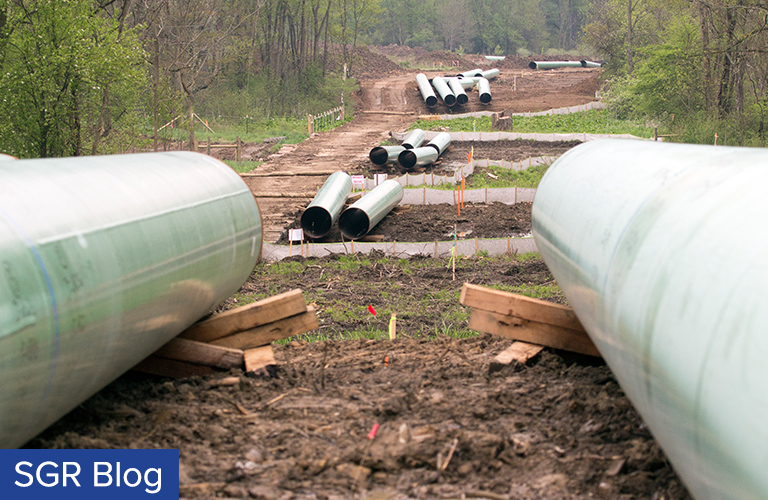
Response from renewable developers has been slow to the Tax Cuts and Job Act of 2017’s Opportunity Zone program, with only 11 Qualified Opportunity Funds (QOFs) focused on renewable energy since the program began. The program provides capital gains tax benefits for renewable investments in up to 8,700 federally designated areas. The program allows investors to defer taxes and gains put into QOFs, the vehicles used to invest in the zones, until December 2026. Investors who hold their investments for five to seven years can increase their basis on the investment by 10 to 15 percent, cutting taxes by an equal amount. If they hold their investments for at least a decade, any extra gain on the investment is not subject to federal taxes. However, there are time limits for investors to take advantage of the program. The 15% capital tax deferral rate is only available up to the end of this year. After that, it will drop to 10% until 2021. One reason for the sluggish response may be that the Opportunity Zone program is not as natural of a fit for renewable developers as the federal Investment Tax Credit (ITC) and Production Tax Credit (PTC) schemes, which offer more direct relief for renewable energy projects. However, the program can be complementary to the existing ITC and PTC, and up to $6.1 trillion of capital could be eligible for reinvestment in Opportunity Zones.
For more information on the Opportunity Zone program, contact Phillip Hoover or Vickie Rusek.

